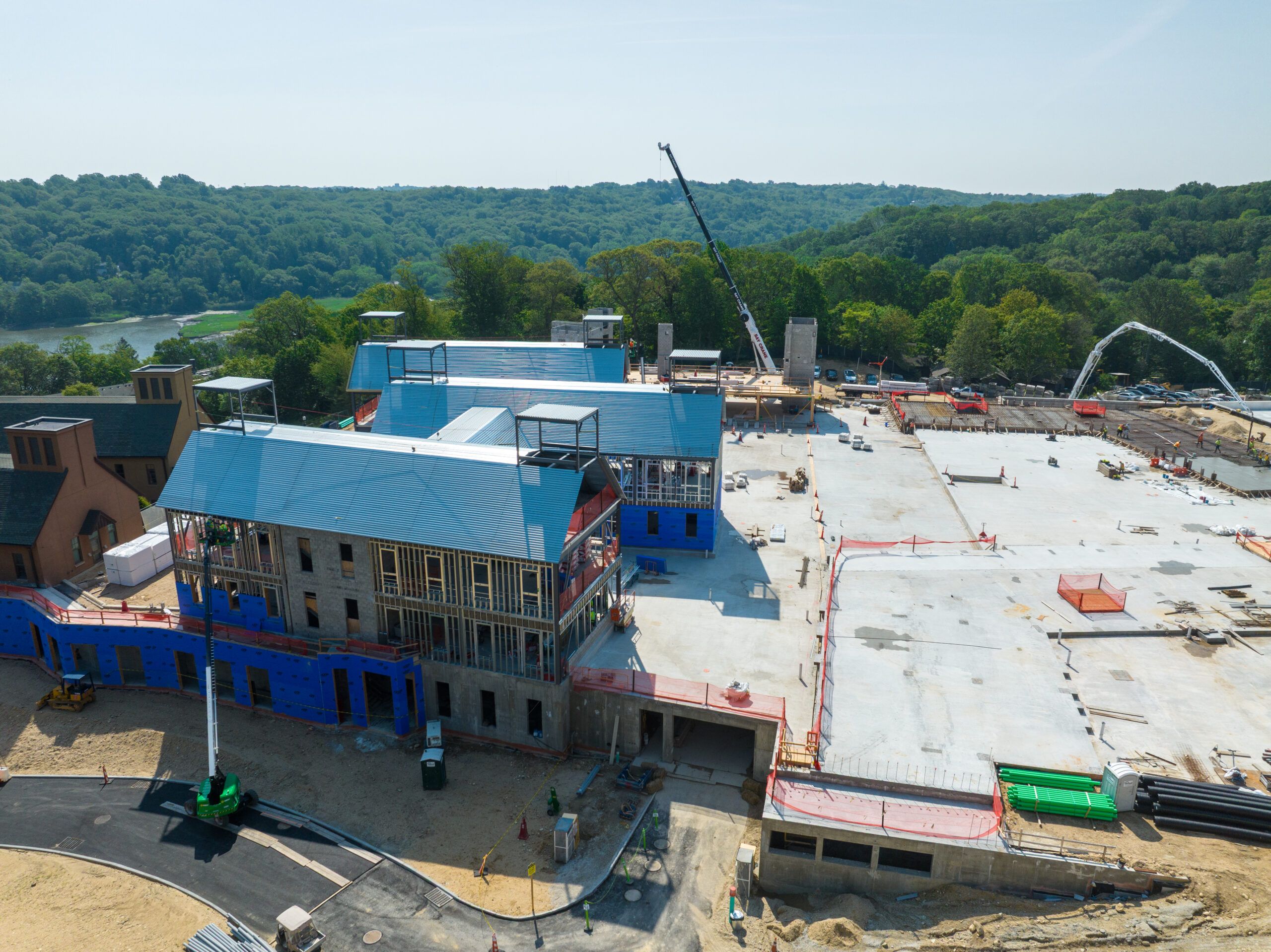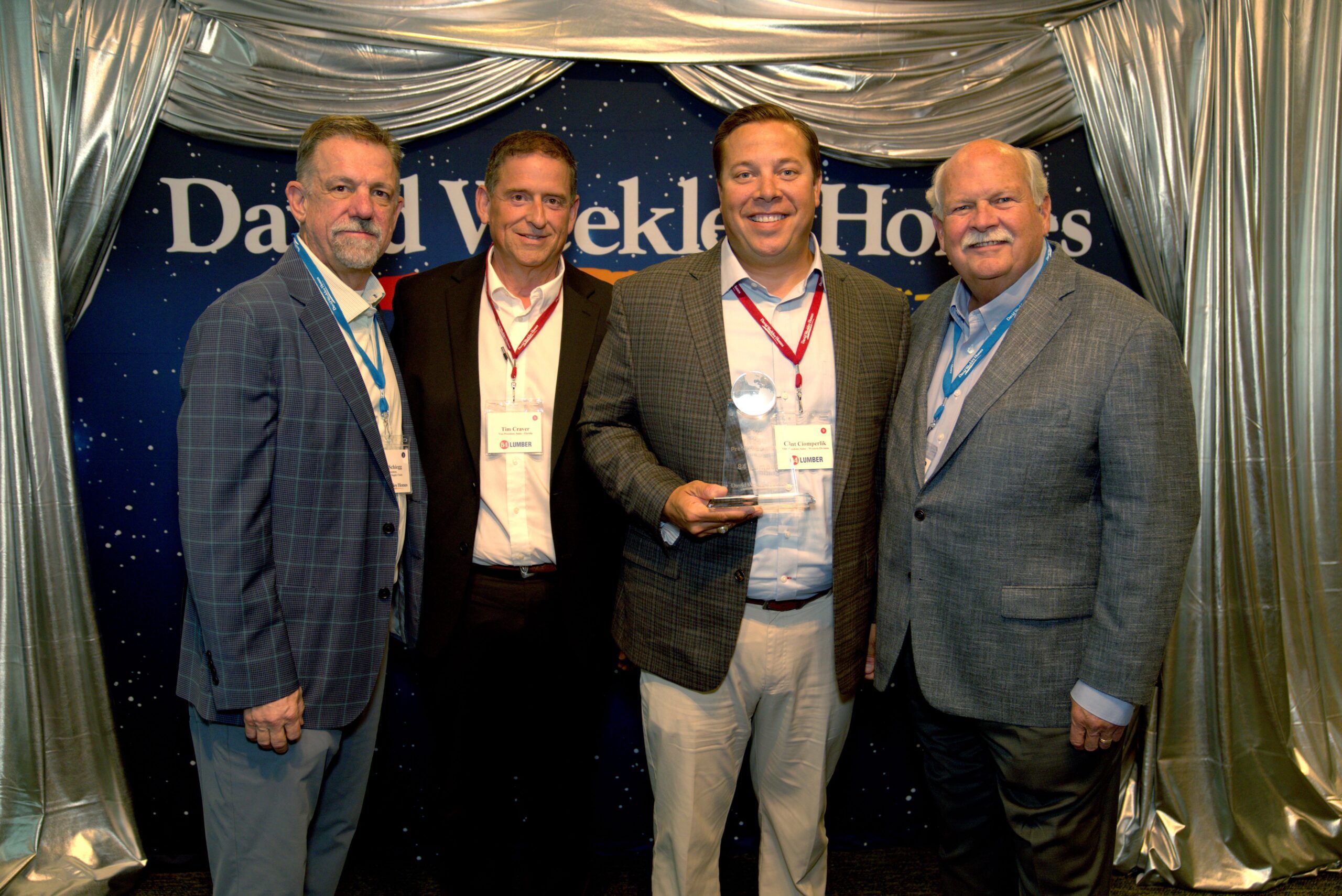In the evolving landscape of property design and protection, gates are no longer mere barriers—they are statement pieces, technological assets, and critical components of integrated security systems. Whether securing a luxury residence, a commercial complex, or a high-security institution, the modern gate is engineered to balance strength and beauty, form and function. Behind these installations are contractors whose roles have expanded from simple fabrication and installation to multidisciplinary design, blending mechanical engineering, architectural finesse, electronics, and digital interfaces. Their work sits at the intersection of security and aesthetics, reshaping how access and identity are experienced at the point of entry.
Access control is the foundation upon which modern gate engineering is built. It encompasses the tools and protocols used to manage who enters and exits, when, and under what conditions. Contractors now design gates with embedded systems that respond to a wide array of inputs—RFID cards, biometric scanners, keypad codes, license plate recognition, and remote mobile access.
Rather than relying on standalone features, gates are increasingly integrated into centralized security networks, communicating with surveillance cameras, alarm systems, and monitoring software in real time. This synchronization enables administrators to track activity logs, establish user permissions, and respond quickly to breaches or anomalies.
In residential settings, access control is often customized for convenience and user experience. Homeowners can open their gates via smartphone apps, voice commands, or proximity sensors, eliminating the need for manual operation. Visitor entry can be managed through video intercoms and cloud-based credential systems. These capabilities not only enhance comfort but also reinforce privacy and perimeter integrity.
Commercial and institutional properties scale these features to accommodate larger volumes of traffic and more complex authorization hierarchies. Delivery zones, employee parking, and restricted facilities are often governed by layered access policies, necessitating robust gate technology that blends reliability with adaptability.
Smart technology is revolutionizing how gates operate and interact with their environments. Today’s gate systems are designed with predictive analytics, automated diagnostics, and adaptive behavior. For example, gates equipped with sensors can respond to weather conditions by adjusting their speed or torque.
Predictive maintenance algorithms analyze motor performance, usage frequency, and electrical load to anticipate component failure before it happens. This intelligence minimizes downtime and enhances safety by ensuring that gates function correctly even during high-demand periods.
Integration with the Internet of Things (IoT) brings additional sophistication. Gate contractors increasingly work with IT professionals to embed connectivity that allows gates to be monitored remotely, updated over-the-air, and synchronized with smart building systems. In a smart campus or enterprise setting, gate data can inform energy management platforms, occupancy analytics, and emergency response plans.
The gate becomes not only a mechanical fixture but also a data-generating node within a digital infrastructure. With cybersecurity a growing concern, contractors also implement encrypted communication protocols and secure access frameworks to prevent tampering or unauthorized intrusion through wireless channels.
Aesthetics remain integral to gate design, and here lies the artistry of custom fabrication. Clients expect gates to harmonize with architectural themes, landscape design, and brand identity. Contractors collaborate with architects and designers to shape materials, contours, finishes, and mechanical elements in ways that reflect sophistication without sacrificing durability.
Steel, aluminum, wood, glass, and composite materials are sculpted and treated through processes such as laser cutting, CNC machining, powder coating, and anodization to achieve desired effects. The objective is to create gates that inspire visual engagement while reinforcing structural integrity.
Custom fabrication also enables site-specific solutions. Terrain slope, entry clearance, traffic flow, and visibility lines all influence gate geometry and mechanics. Swing gates, sliding gates, cantilevered designs, and vertical lift models each offer distinct advantages depending on space constraints and security priorities. Contractors tailor these structures with precision, accounting for load calculations, hinge dynamics, and drive unit specifications. They also consider regulatory requirements, accessibility standards, and local environmental conditions to ensure compliance and resilience.
Lighting, signage, and branding elements often accompany custom gates, completing the visual and functional presentation. LED illumination embedded into gate frames can provide both ambiance and visibility, while etched or mounted logos reinforce institutional presence. These features transform gates into landmarks, signaling a property’s commitment to excellence and innovation.
The convergence of access control, smart tech, and custom fabrication is redefining the contractor’s role in gate design. No longer confined to technical execution, contractors must now lead interdisciplinary projects that encompass architecture, automation, cybersecurity, and user experience. Their skill set spans mechanical engineering, digital integration, materials science, and aesthetic design. This evolution demands ongoing education, certification, and collaboration with adjacent professions—from software developers to landscape architects.
Conclusion
As properties become more connected and personalized, the demand for intelligent, attractive gates will only increase. Gate contractors like Zimmer Gates & Doors are meeting this challenge by developing systems that do more than open and close—they communicate, protect, analyze, and inspire. The modern gate stands as a synthesis of security and style, utility and creativity, anchored in engineering but elevated through design.











